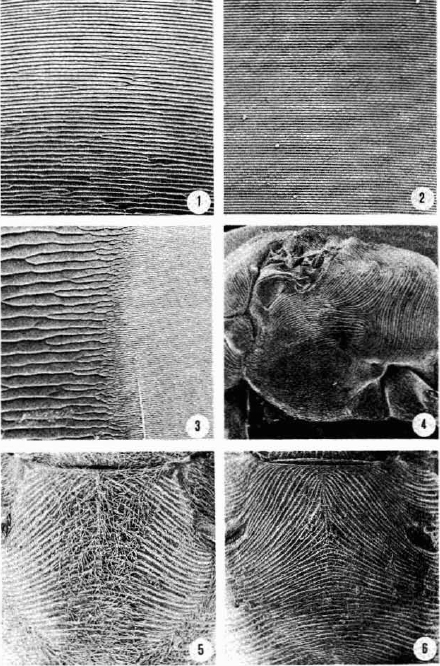How big is your vocabulary? Rather large, I would suspect, as you're here. Playing in The Word Den is certainly improving mine.
So: how would you describe the surface of a seed?
Or, for that matter, the surface of a louses's shin?
Here are a few possible answers:
(Sorry about the formatting: this is the best I can get it.)


No comments:
Post a Comment
All comments are very welcome, but please make them suitable for The Word Den's family audience.